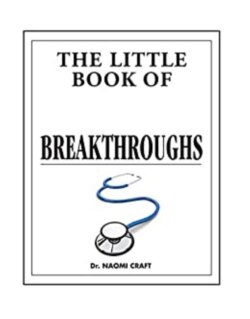Читать книгу The Little Book of Medical Breakthroughs - Dr. Naomi Craft - Страница 8
На сайте Литреса книга снята с продажи.
1000–2000 BC Urinalysis
ОглавлениеStudying urine has been part of medical diagnosis for thousands of years. Initially all there was to go on was the colour, smell, and even taste. Fortunately, now we have more sophisticated methods to help identify infections, chemicals and crystals.
Ancient Chinese and Indian records mention observations of the urine from 1000–2000 BC. But the most detailed information we have comes from Hippocrates (c. 460–c. 375 BC), the apocryphal ‘father of modern medicine’ who wrote about urine examination in 400 BC. He observed the different smells and colours of urine. During Hippocrates’s lifetime, it was common practice to pour a sample of urine on the ground to see if it attracted insects. If it did, it was called ‘honey urine’ – later known as diabetes.
Urine examination was developed further in 1000 AD, by a physician called Abu Ibrahim Ismail al-Jurjani (1045–1137) who not only noted that it was possible to observe the smell and colour of the urine, as Hippocrates had observed, but also its quantity, consistency, transparency, sediment and froth.
In the Middle Ages, physicians became known as uroscopists because of their ability to examine urine. Typically the sick patient’s servant would bring a urine sample to the physician, and leave it for analysis – for a fee.
Several physicians were consulted, and they would compete to get the most accurate (or possibly the most attractive diagnosis) by wheedling information out of the servants – often by giving them a drink or two. The physician who did best would get to look after the patient – and therefore a greater fee.
Before written language, symbols were used to represent natural elements, and this was the ancient symbol for urine.
Charlatans went one step further, claiming to be able to tell the future based on examination of the urine. They were known as ‘Pisse Prophets’, and brought the practice of uroscopy into disrepute.
In the 17th century the English physician Thomas Willis (1621–1675) advocated tasting urine to detect the sweetness caused by diabetes. It wasn’t until 1776 that Matthew Dobson (1731–1784), a Liverpudlian physician, evaporated urine from diabetics and found that it left a residue that smelled and tasted like sugar.
Fortunately in the 18th century several tests were developed for testing specific chemicals in urine, including protein and sugar. However, it wasn’t until 1956 that the first test strip for analyzing urine was introduced.
